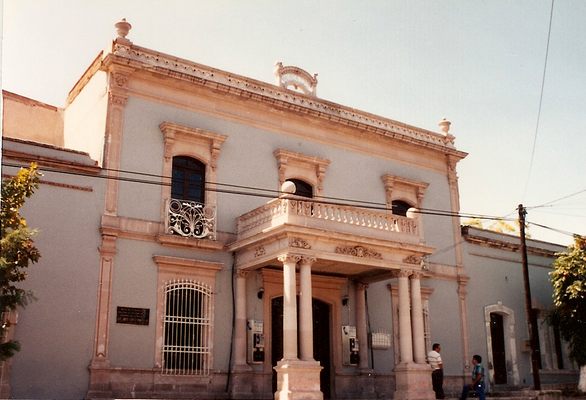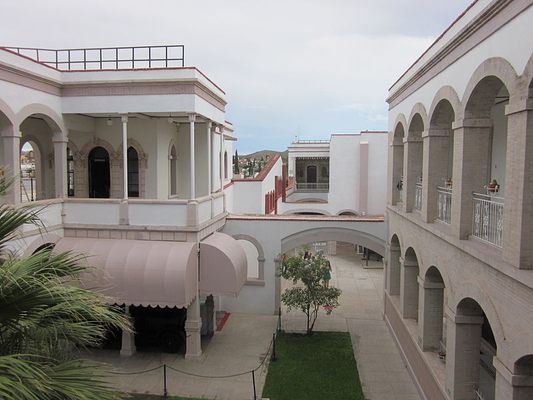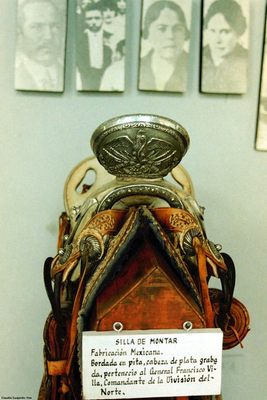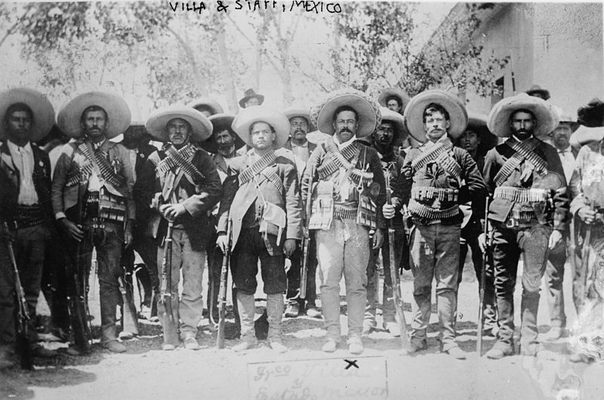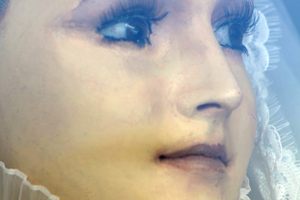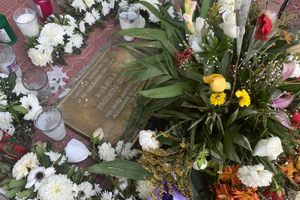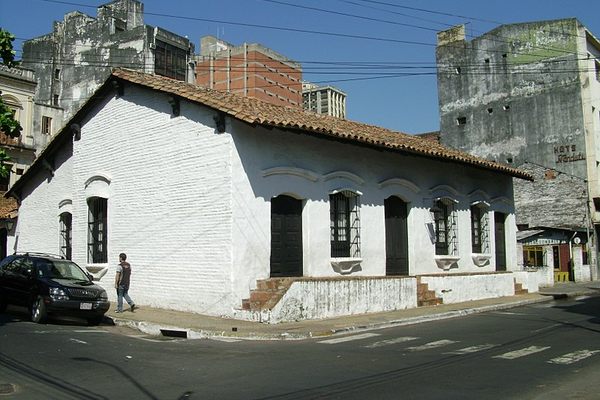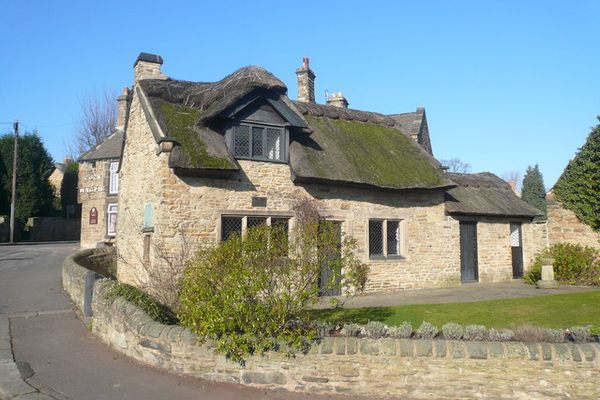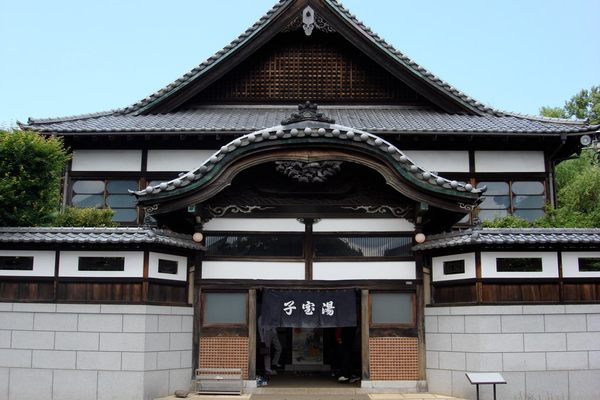About
On the dusty outskirts of the city of Chihuahua stands a grand old hacienda-style house that appears to be caught in a time warp. This quaint, yet imposing building once belonged to the famed Mexican revolutionary, Francisco "Pancho" Villa.
The house was owned by a number of aristocratic families before it was abandoned when signs of the coming of the Mexican revolution caused the wealthy classes to flee north. In 1911, the revolutionary and bandit, nicknamed "El Centauro del Norte" ("the Centaur of the North"), arrived in Chihuahua with his forces, and Villa apparently took a fancy to the property. He eventually purchased the estate with funds likely to have come from the proceeds of numerous bank and train robberies
After the victory of Mexican independence, the house was inhabited by Villa, his wife, Luz Corrall, and their son, who became notable citizens of the city and held a celebrity status. But the post-revolutionary period was far from peaceful. Due to the many enemies, he made during the revolution, Villa's life was often threatened by assassination attempts. In 1923, the revolutionary finally met his end when he was ambushed in his car by a group of gunmen wielding rifles and killed, along with his bodyguards, in a hail of dum-dum bullets normally used for hunting big game such as bison.
Although a great deal of mystery continues to surround the death of Pancho Villa—some claim he was murdered by an old enemy from his days of banditry—it's widely believed that the order for assassination came from none other than the Mexican president, Alvaro Obregon (who was himself assassinated only a year later). It has been suggested by historians that the assassination came in response to Villa's comments that he planned to embark on a political career.
In the early 1980s, Villa's widow, Luz Corrall, died and bequeathed the house and Villa's possessions to the state government to be preserved as the Historic Museum of the Mexican Revolution (Museo Histórico de la Revolución). The estate's gardens and rooms are full of a wealth of personal artifacts and relics of the revolution, including the bullet-ridden car that Villa was assassinated in, as well as his pistols, rifles, saddles, and letters.
Related Tags
Know Before You Go
The museum is open Tuesday to Saturday from 9 a.m. to 7 p.m. and on Sunday from 10 a.m. to 4 p.m (closed Mondays). The entrance fee is $10 pesos.
Published
September 13, 2019
